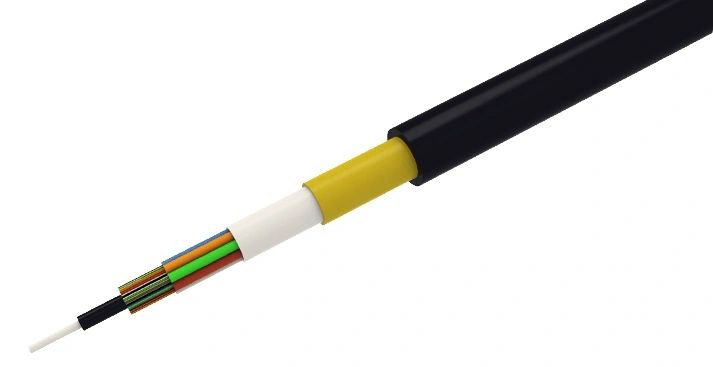Enhancing the efficiency and reliability of outdoor cable connections
With the increasing demand for outdoor cable installations, it is crucial to understand the commonly used wiring methods, as well as the precautions required to ensure a secure and reliable connection. This article will provide a comprehensive overview of these practices and highlight the necessary steps to successfully execute outdoor cable connection technology.The appropriate choice of cables and connectors

When it comes to outdoor cable connections, selecting the right cables and connectors is paramount. The cables must be designed specifically for outdoor use, capable of withstanding various weather conditions and extreme temperatures. Opting for UV-resistant and waterproof cables will prevent damage and ensure longevity.
The connectors should also possess weatherproof properties to safeguard against moisture, dust, and corrosion. Some widely used connectors include waterproof RJ45 connectors and IP-rated connections that provide a secure fit and reliable performance even in harsh outdoor environments.
Proper cable management and termination
Efficient cable management is essential to maintain the integrity of outdoor cable connections. Using appropriate cable trays, conduits, or protective sleeves will help organize and protect cables from external elements, minimizing the risk of accidental damage.
Termination is a critical step in cable connection technology. Attention must be paid to properly stripping the cable, aligning the conductors, and securely crimping or soldering them to the connectors. Any loose connections or poor terminations can lead to signal loss and potential equipment failure.
Inspecting and maintaining outdoor cable connections
Regular inspections and maintenance are crucial to ensure the longevity and reliability of outdoor cable connections. Periodic visual inspections should be conducted to identify any signs of damage, such as frayed cables, exposed wires, or loose connectors. If any issues are detected, prompt repairs or replacements should be carried out.
In addition to visual inspections, testing the signal strength and continuity of the cable connections using appropriate tools and equipment is essential. This proactive approach helps identify potential issues before they cause system failures or disruptions.
To summarize, effective outdoor cable connection technology requires meticulous planning, proper cable selection, robust cable management, and regular inspections. By following these best practices, you can enhance the efficiency and reliability of your outdoor cable connections, ensuring optimal performance and longevity of your network infrastructure.


